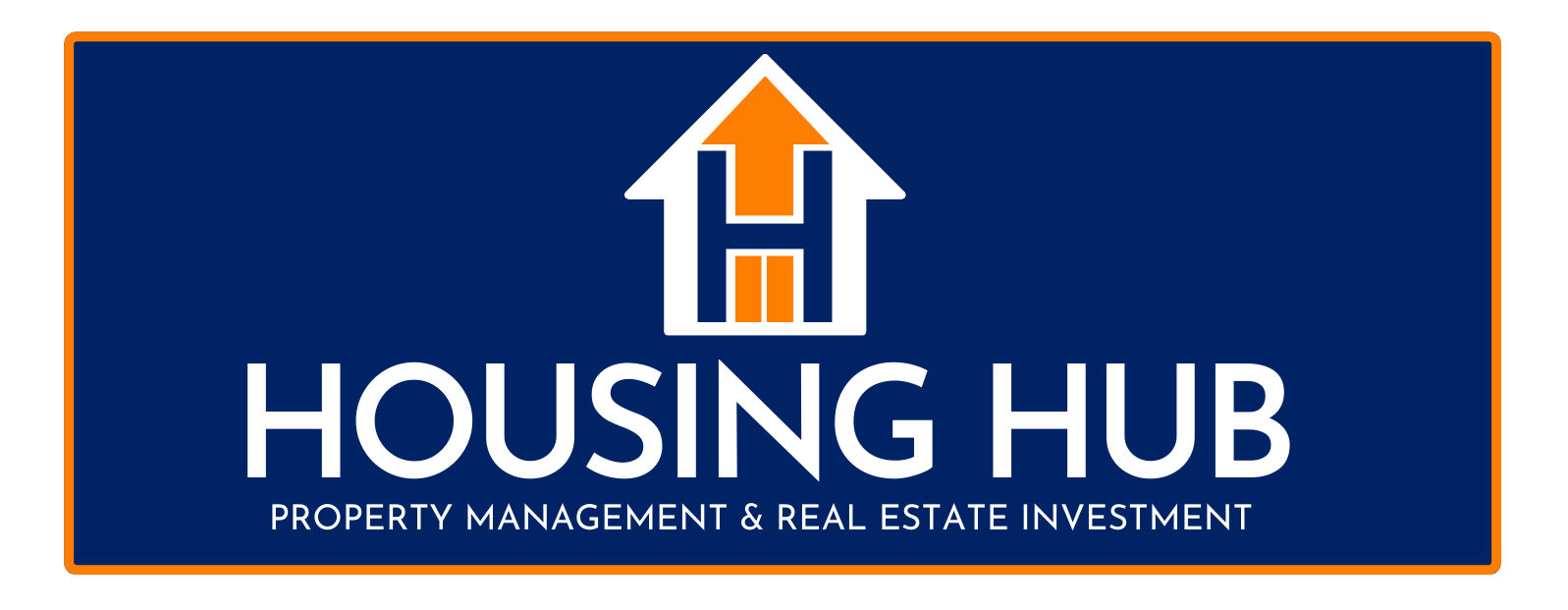Navigating Security Deposit Returns in Minnesota: Legal Requirements
Understanding the ins and outs of security deposit returns in Minnesota can be a bit tricky, but it's a crucial part of renting for both tenants and landlords. Nobody wants to deal with disputes over money, especially when moving out of a home. So, knowing what to expect and what is required by law can prevent a lot of headaches. Both renters and landlords need to play by the rules to ensure success.
Many people find themselves caught up in common issues like how long a landlord has to return a deposit or what can legally be deducted from it. These misunderstandings often lead to disputes that could have been easily avoided with a bit of upfront knowledge.
Let's jump in and explore what Minnesota law says about security deposits and the steps you can take to make sure those funds are returned smoothly.
Legal Framework: Understanding Minnesota's Security Deposit Laws
Navigating the legal framework for security deposit returns in Minnesota involves understanding a few key points. Knowing the timeline for returning a deposit is essential, as landlords have specific time frames they must follow. According to Minnesota law, landlords typically need to return the security deposit, along with a written explanation of any deductions, within 21 days after the tenant moves out.
Here are some important aspects:
- Timeline for Returns: Landlords are obligated to return the deposit within 21 days, along with any interest accrued on the deposit over the duration of the lease.
- Allowable Deductions: Deductions from the security deposit can only be made for unpaid rent, damages beyond normal wear and tear, or other breaches of the lease agreement. It's important for landlords to document everything clearly.
- Documenting Damages: Keeping detailed records of the property's condition both at check-in and check-out is vital. This includes taking dated photos and listing any pre-existing damages to avoid disputes later on.
The idea is to ensure that both parties are clear about their rights and responsibilities. When tenants and landlords understand the legal aspects of security deposit handling, it minimizes the risk of disagreements and maintains a good relationship between the two parties. This knowledge benefits everyone involved, ensuring a transparent and fair process.
Steps for Tenants to Ensure a Smooth Security Deposit Return
For tenants, getting your security deposit back starts with careful steps right from move-in day. First, it’s crucial to conduct a thorough inspection of your new rental place. Document the condition room by room, noting any pre-existing issues like chipped paint or worn-out carpet. Take photos of any damage and share these with your landlord to establish a mutual understanding. This way, you set a baseline for the condition of the apartment.
Throughout your tenancy, maintaining the property is key. Small repairs, such as fixing leaky faucets or replacing light bulbs, should be handled quickly. This doesn’t just keep the space comfortable but also shows you care for the property. As your lease comes to an end, cleaning thoroughly can make a big difference. Pay attention to often-missed spots like behind the fridge or shelves in the closets.
At the end of your lease, conduct a final inspection. Compare the current state of the rental to the condition at move-in. Here’s a quick checklist to help:
- Clean Appliances: Scrub the oven, stovetop, and inside the refrigerator.
- Bathroom: Scour sinks, toilets, and bathtubs. Check for any mold or mildew.
- Remove Personal Items: Clear out all personal belongings and ensure you don’t leave anything behind.
- Repair Minor Damage: Patch nail holes and touch up paint if necessary.
- Floors and Carpets: Sweep, mop, and spot-clean any stains.
By taking these simple steps, you’re more likely to get back most, if not all, of your security deposit.
Landlord Responsibilities for Security Deposit Returns
As a landlord, the responsibility to manage security deposits fairly is yours. Start by keeping detailed records from the very beginning. Documenting the condition of the property at both the start and end of a lease helps handle disputes effectively. Take photos at check-in and out to back up your records with visual proof.
When the tenant moves out, conduct a thorough inspection. Approach this with an unbiased eye to ensure fairness. Use a checklist to guide you through each room and take note of any issues beyond normal wear and tear. This way, you can make informed decisions about any necessary deductions.
It’s essential to follow the legal guidelines regarding deductions and provide a clear and itemized statement to the tenant. Include specifics about each deduction, such as cost and the reason for it. Timely communication is key, as is returning the remaining deposit within the state-mandated timeframe.
Common Disputes and How to Resolve Them
Disputes over security deposits happen, but they don’t have to ruin relationships. Sometimes disagreements arise because of misunderstandings about what counts as damage. Tenants might feel a charge is unfair, while landlords stick to their records that show otherwise.
Here’s how both sides can tackle these challenges:
- Open Communication: Talk through any disagreements clearly and calmly.
- Review Documentation: Go over the inspection photos and reports from both move-in and move-out.
- Consider a Professional Opinion: Bringing in a third-party inspector can provide a neutral perspective.
If conversations don’t help, mediation services are available. These services offer a structured environment to work out the problem. For more serious issues, legal advice might be necessary. Still, starting with open dialogue often leads to the best outcomes.
Minnesota Rental Deposit Returns Made Simple
Navigating security deposit returns doesn’t have to be overwhelming. By understanding the legalities and following simple steps, both tenants and landlords can avoid many common pitfalls. In St. Paul, having this knowledge not only helps prevent issues but also ensures a fair process for everyone involved. Tenants are more likely to receive their rightful security deposit back, while landlords can manage their properties smoothly without unnecessary disputes.
Fostering clear communication and adhering to the state's guidelines builds trust and ensures all parties feel respected and fair. This approach paves the way for better rental experiences in St. Paul, benefiting both those renting properties and those managing them.
To make your rental experience as smooth as possible in St. Paul, consider working with a team that truly understands the needs of both tenants and property owners. At Housing Hub, we focus on connecting people in a hassle-free manner. Learn more about our
residential property management in St. Paul and see how we can simplify your rental journey.
You might also like
Blog






